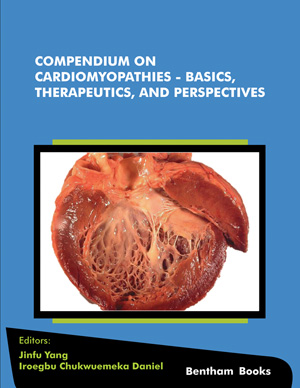Abstract
Takotsubo syndrome is one of the few heart conditions that have witnessed an increasing incidence in modern clinical practice. It is an acute syndrome that presents with various clinical symptoms and etiological factors. Since its first description in the early 1990s, much progress has been made in many aspects of the condition including its treatment approaches, clinical investigations, prognosis, clinical presentation, complications, pathophysiology, epidemiology, triggers, anatomical variants, primary and secondary clinical subtypes, diagnosis, definition, and terminology. In addition to clinical studies, many pre-clinical and basic research platforms and technologies have been developed to help advance our understanding of this syndrome. This chapter presents a comprehensive discussion on what is the current state of knowledge concerning this disease. By so doing, we provide the clinical and non-clinical scientists as well as general readers with new diagnostic approaches, subtypes classification, and management tools for Takotsubo. New algorithms to facilitate decision-making by a cardiologist are provided as well as grey areas for further research.
The sex preference of Takotsubo and the role of estrogen and catecholamines are brought to focus on providing the future research outlook of this condition. The available treatments and proposed mechanisms are also summarized. Although Takotsubo is generally considered to have a good prognosis, some complications of severe nature may occur in a subset of patients, e.g., dangerous ventricular arrhythmias, cardiogenic shock, pulmonary edema, which can cause damage to the myocardium which transcends the recovery phase of the left ventricular ballooning.
Keywords: Acute coronary syndrome, Cardiomyopathies, Catecholamine toxicity, Cardiac remodeling, Drug-induced cardiomyopathy, Heart failure, Heart syndromes, Menopausal diseases, Multi-vessel coronary spasm, Microvascular angina, Pathophysiological mechanisms, Risk stratification, Reversible cardiac syndrome, Stress cardiomyopathy, Stress-induced cardiomyopathy, Takotsubo syndrome, Takotsubo cardiomyopathy, Variant Angina.






















